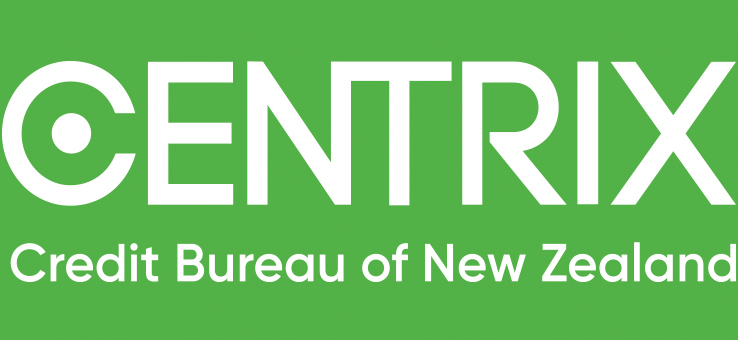There are two stories of consumer credit in 2021 – the red-hot real estate market impacting mortgage demand, and changes in consumer credit behaviour as a result of COVID-19.
Mortgage mania
Driven by record low interest rates, the real estate market exploded this year, with monthly lending peaking at a record $10.487 billion in March 2021.
Mortgage demand remained strong for most of 2021, but recent changes to the Official Cash Rate (OCR), and increasing retail interest rates, have seen growth slow in the final quarter. Since December 1, changes to the Credit Contracts and Consumer Finance Act (CCCFA) require all lenders to spend more time gathering and checking information from potential borrowers before they can approve loans.
From this point forward, first-home buyers, older borrowers and business owners are among those who may find it harder to get a mortgage, as incoming credit law changes offer less flexibility to adjust the rules to suit individual circumstances.
Changes to consumer credit
In another hot topic in 2021, we saw the way consumers engage with credit change. As a result of lockdown uncertainty, many Kiwis paid off and closed their credit cards, which has led to historically low levels of new credit card applications. Simultaneously, there has been a rise of alternative payment methods such as Buy Now Pay Later (BNPL), offering an effective alternative to credit cards when making online purchases.
The BNPL sector continues to grow strongly, especially amongst younger consumers, as it provides access to interest-free payment options allowing them to spread their repayments. It is no coincidence we’ve seen BNPL applications increase every time the country has entered lockdown, as consumers were more prepared to take advantage of online retail and to continue spending.
Credit demand is a key indicator of consumer confidence, as people only borrow when they’re comfortable with repayments. Remembering how quickly the economy recovered from the last lockdown, it appears that many consumers have taken 2021’s restrictions in their stride, spending and borrowing with confidence that the economy will rebound once again.
What’s in store for 2022?
We may start to see the impacts of this latest lockdown in Q1 2022. While the fundamentals of the economy still look strong – with low unemployment and strong demand – rising defaults are likely to impact business confidence, while supply constraints are causing inflationary pressure.
One thing is for certain, 2022 will be a fascinating year in terms of consumer credit behaviour – and we’ll be here to provide our view as it unfolds.
Follow our LinkedIn page for regular insights as they happen.

